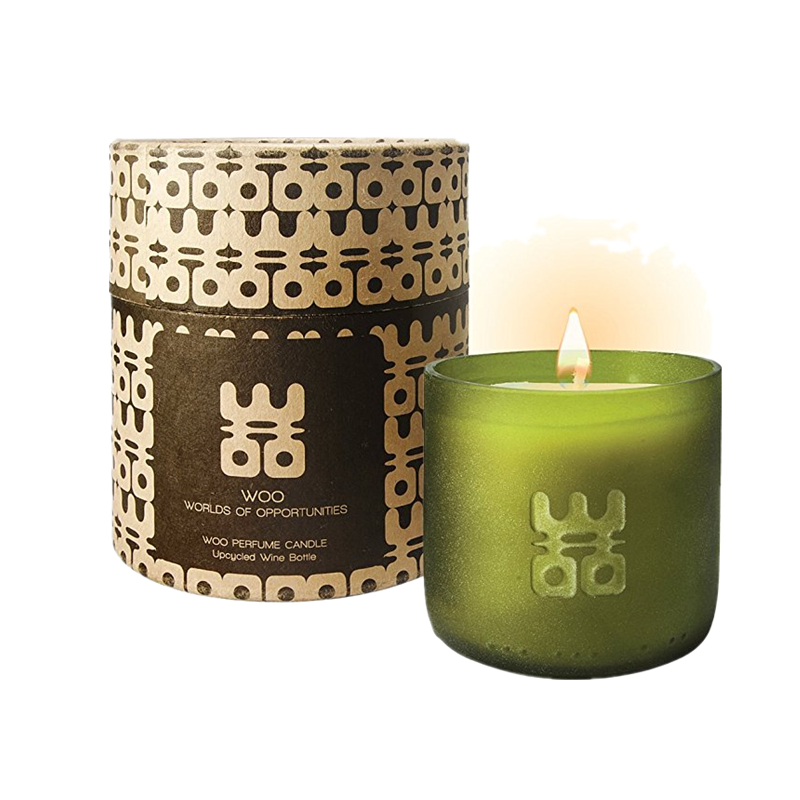1. Thoroughly clean each anilox roller. Carefully place the anilox roller into the journal support on the table. After cleaning the end face of the same roller, print the serial number and the number of screen lines.
2. Check the bearing movement. The bearing seat rotates flexibly and should not oscillate.
3. Remove the bearing and check the bearing bore with a micrometer. If the bearing bore is severely worn (when over 0.0005 in. in the printing standard) or if there are scratches, the anilox roller should be sent out for journal repair.
4. Check the keyway for burrs. The burrs will interfere with the flat key installation and if necessary, repair with a steel file.
5. Check the gear teeth carefully. Gear burrs and wear can cause print failures and need to replace damaged gears.
6. Carefully inspect the entire surface of the anilox roller and mark the damaged area with a marking label.
7. Place the damaged anilox roll aside and the feeder check again. If the damaged area of ​​the anilox roller is outside the normal printing range, it can also be used for printing of individual print jobs. Even if the area of ​​the anilox roll surface damage is within the printing range, marking the damaged area can still be used for glossing, opaque white printing and glue application.
8. Check the condition of the ceramic anilox roll edge breakage. Many printers accept ceramic anilox rollers with slight edge damage. If the edges are seriously damaged, the filter must be installed to filter out ceramic debris and other impurities in the ink.
9. Record the important data information of each anilox roller in the record book. When you find the same problem on more than one anilox roller, you should attach great importance to it and mark it on the roller for later inspection.
10. When returning the anilox roller to storage, pay attention to whether the environment and conditions for storing the anilox roller are appropriate. Is the mesh roller too close when stored? Did contact occur between the surfaces of the anilox rollers? Is there a sufficient distance between gears and they do not collide? Are ink tanks, substrates, printed products, and other items placed near the anilox roller? Can the operator get the anilox roller without any effort? If it takes a lot of effort to remove the heavier anilox roller, it will make the operator's labor intensity too large and may also cause the anilox roller to be damaged. Anilox rollers should be journalled for support when stored and must not be placed on top of each other. The anilox roller should be wrapped after cleaning to prevent accidental damage. Articles covering the anilox roller should be clean and dry.
11. Check the cleaning area strictly. Does the cleaning area have good lighting? Is it easy to clean the cleaning area after cleaning the anilox roller? If an ultrasonic or water jet cleaning device is used, is the water tank clean? Is the solvent clean? Chemical cleaners that have been saturated with residual ink cannot clean the anilox roller.
12. Check the doctor blade device. How long does the squeegee change? The replaced old squeegee can never be used again. Is the ink tank clean and dry ink free? Is there a screw that hits the surface of the anilox roller and damages the surface?
The Candle Tube Box can be with customized design, included: color, logo, material and other specifications. The Candle tube box are available in multiple formats: tube/cylindrical boxes with paper lid and bottom, metal or plastic etc and in various finishes and textures. The quality candle boxes provide a professional finish to your products and looks luxury.

Candle Tube Box
Candle Tube Box,Candle Box,Custom Candle Boxes,Candle Tube Packaging Box
Shenzhen Hongte Printing & Packaging Co., Ltd. , http://www.ipackpaperbox.com